Women's World Cup 2023: 'Nouhaila Benzina is a role model to us'
- Published
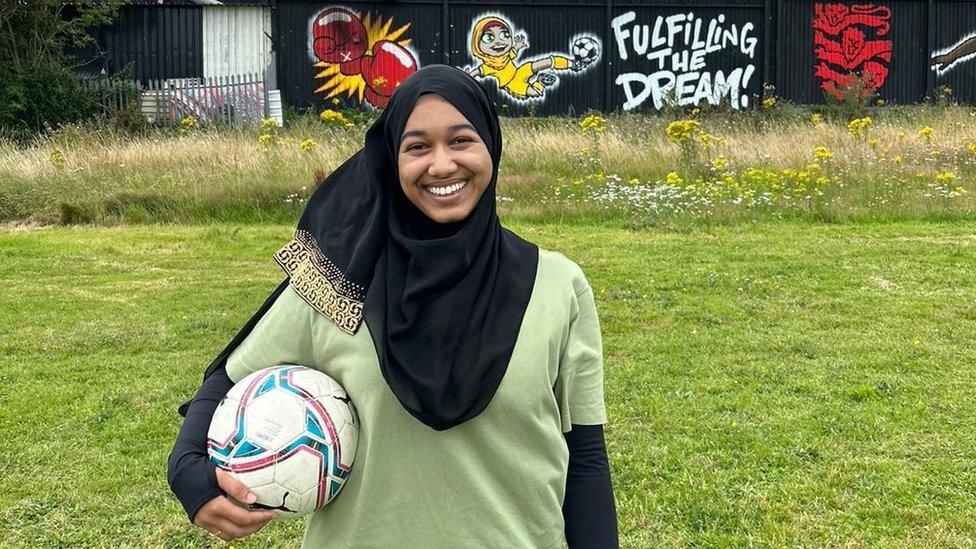
Yasmin says it means a lot to her to see Nouhaila Benzina in a hijab playing football on such a big stage
Young Muslim footballers say Nouhaila Benzina is their role model after she made history by wearing a hijab at the Women's World Cup.
The 25-year-old became the first player to wear the Islamic headscarf at a senior tournament when Morocco beat South Korea.
Muslim girls and women wear the hijab as a display of modesty, but it's not always been welcomed on the football pitch.
It was banned by the game's governing body Fifa until 2014, when they allowed players to wear it for religious reasons.
Yasmin Rahman plays for Saltley Stallions in Birmingham, one of the only clubs geared towards Muslim women in the UK.
The 23-year-old says when she was younger she had no Muslim female football player to look up to.
"Little me is screaming 'oh my gosh', finally now a hijab at the level of the World Cup and being globally recognised," she tells BBC Newsbeat.
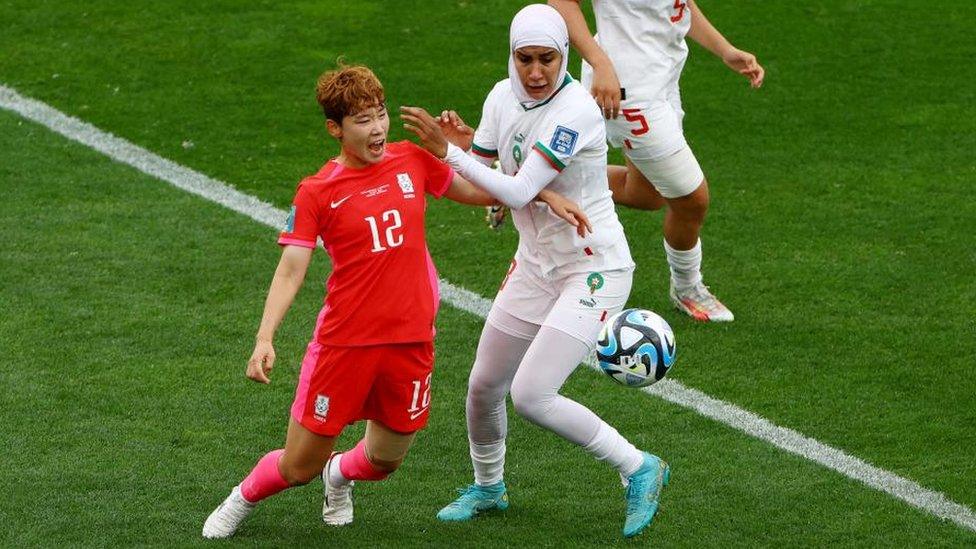
Benzina started for Morocco as they beat South Korea at the Women's World Cup
But Yasmin, who works as a civil engineer, says she doesn't want it to end with Benzina being in a hijab on the global stage.
"I want to see more Muslim women going out there and doing it.
"My family's been very supportive and they know I've been playing football since I was little.
"You want everyone to be accepted as they are and do whatever they do."
Asma Hassan decided to join Saltley Stallions after wanting to try football for years but feeling like it was a male-dominated sport.
"If I had seen someone like that [Benzina] when I was younger, it might have pushed me to play football at a younger age," she says.
"It's so nice to see someone that looks like you. She's really a role model to us."
Like Yasmin, 26-year-old Asma hopes people seeing the Moroccan player wearing the headscarf will make a difference.
"Seeing hijabs represented at such a high level will allow other countries to see that I'm not an oppressed person who wears a headscarf.
"I can do anything that anyone else can do. Maybe it will change opinions of people at a high level of football.
"Despite all the politics, everyone wants to do the same thing and play."

Asma didn't take up football when she was younger because she thought it was too male-dominated
It's clear that Benzina's performance has had a big impact on Yasmin and Asma.
But the hijab in football and its road to the Women's World Cup have a long, complicated history.
Canada in 2007
It was 16 years ago when Asmahan Mansour, then aged 11, lined up alongside her team-mates to play in Canada.
But before the referee's whistle had been blown, Asmahan's match was over.
Officials told her she'd have to remove her hijab if she wanted to play because it went against rules set out by Fifa at the time.
The issue went to the Canadian Soccer Association and then to Fifa themselves, which stood behind the ban and even drew up an official policy about it, external.
They said the risk of injury posed by wearing head covers while playing football was too great.
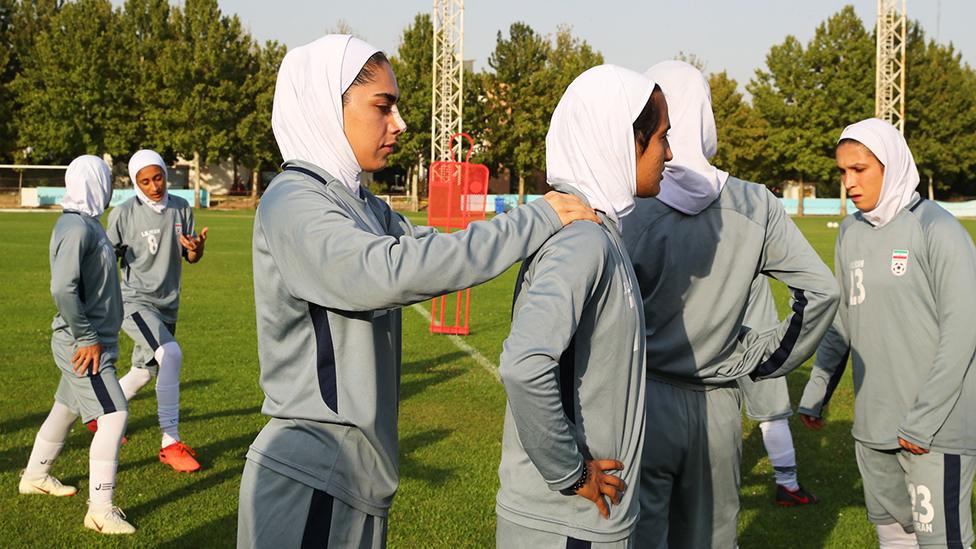
It's taken a long time for women to be able to play with a hijab
Campaigners said millions of girls around the world could be put off from playing a game often billed as being "for everyone", external.
So efforts began to reach some kind of deal allowing Muslim females to play with a hijab.
There were also calls from the Sikh community in Canada for the ban on the wearing of turbans to be lifted.
A deal reached?
In 2010, it seemed a deal was agreed, external - with the Iranian girls' football team believing they would be allowed to play in the Youth Olympics.
Iranian sports bodies said the girls could wear caps that covered their hair but not their necks.
But in 2011, Iran's women's team withdrew from an Olympic qualification match in protest when they were banned from wearing headscarves despite the agreement.
Officials agreed to a safety trial after the Asian Football Confederation and influential figures such as Prince Ali bin al-Hussein of Jordan got involved.
Zulfah says hijab is not a hindrance but an inspiration for other Muslim girls who may be interested in sports.
Banned in France
In 2014, Fifa officially authorised male and female players to wear head covers for religious reasons during matches.
"It will be a basic head cover and the colour should be the same as the team jersey," said Fifa secretary general Jerome Valcke.
Two years later, in 2016, Muslim players wore headscarves during a Fifa event for the first time at the Under-17 Women's World Cup in Jordan.
For many this represented progress, and Benzina's World Cup moment is seen as another step towards inclusivity by supporters.
But some countries' football leagues still have restrictions on head coverings.
A top court in France recently rejected an attempt, external by Muslim players to reverse the French Football Federation's hijab ban.
Judges said sport bosses had the right to impose "an obligation of outfit neutrality" on players, reflecting France's strict laws designed to keep religion and public life separate.
Amna Abdullatif, from The Three Hijabis fan group, says that shows there's still more that needs to be done for women in the game.
But she tells BBC Asian Network it's been "really significant" to see a player wearing the hijab on such a big stage.


Follow Newsbeat on Twitter, external and YouTube, external.
Listen to Newsbeat live at 12:45 and 17:45 weekdays - or listen back here.
Related topics
- Attribution
- Published30 July 2023
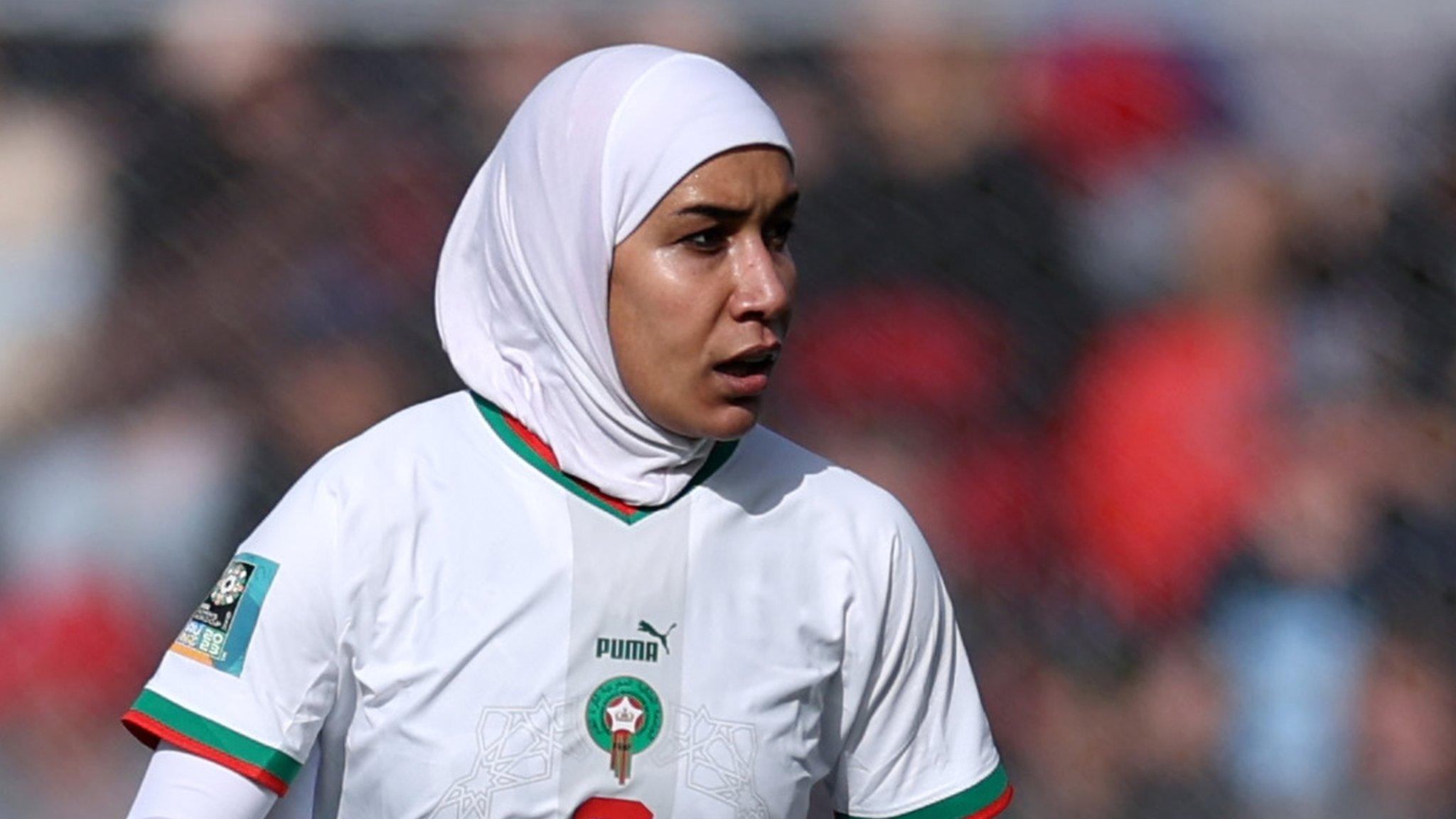
- Attribution
- Published30 July 2023
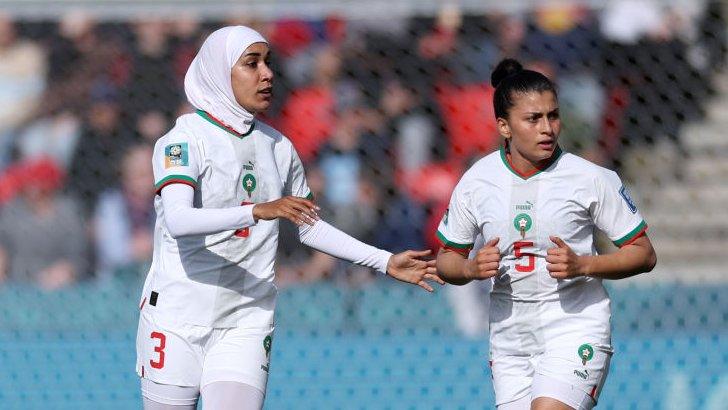
- Published22 July 2023

- Published24 December 2021
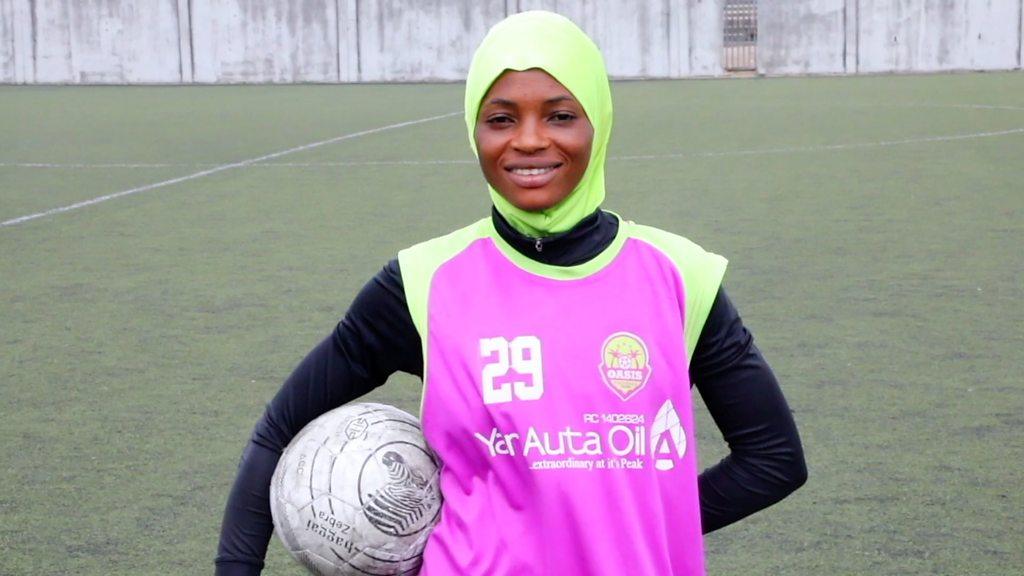
- Attribution
- Published1 March 2014
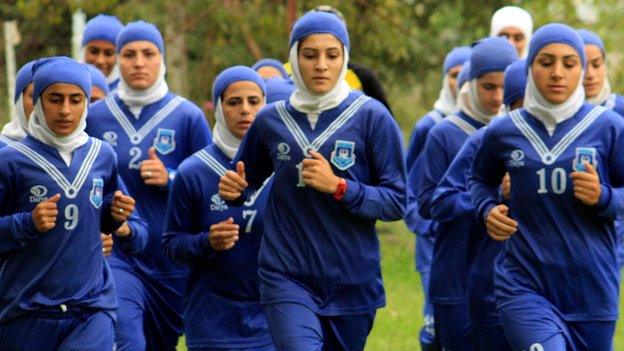
- Published26 July 2023
